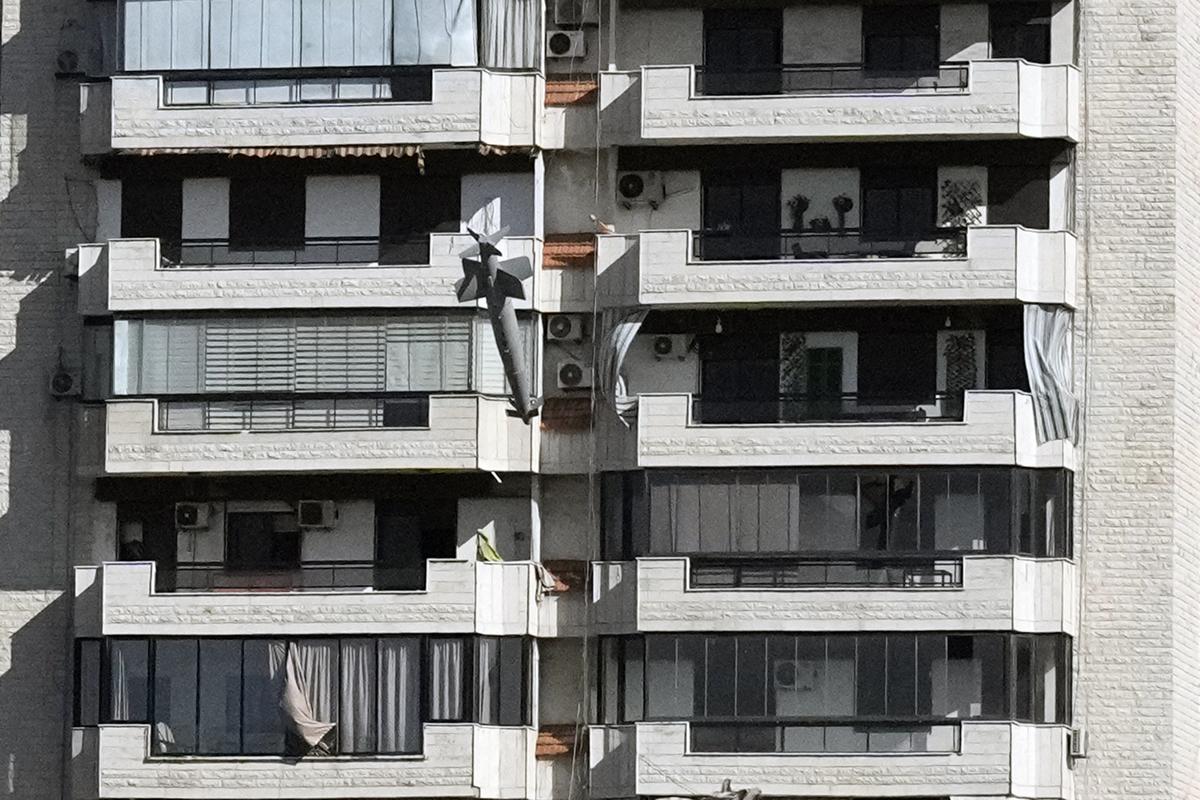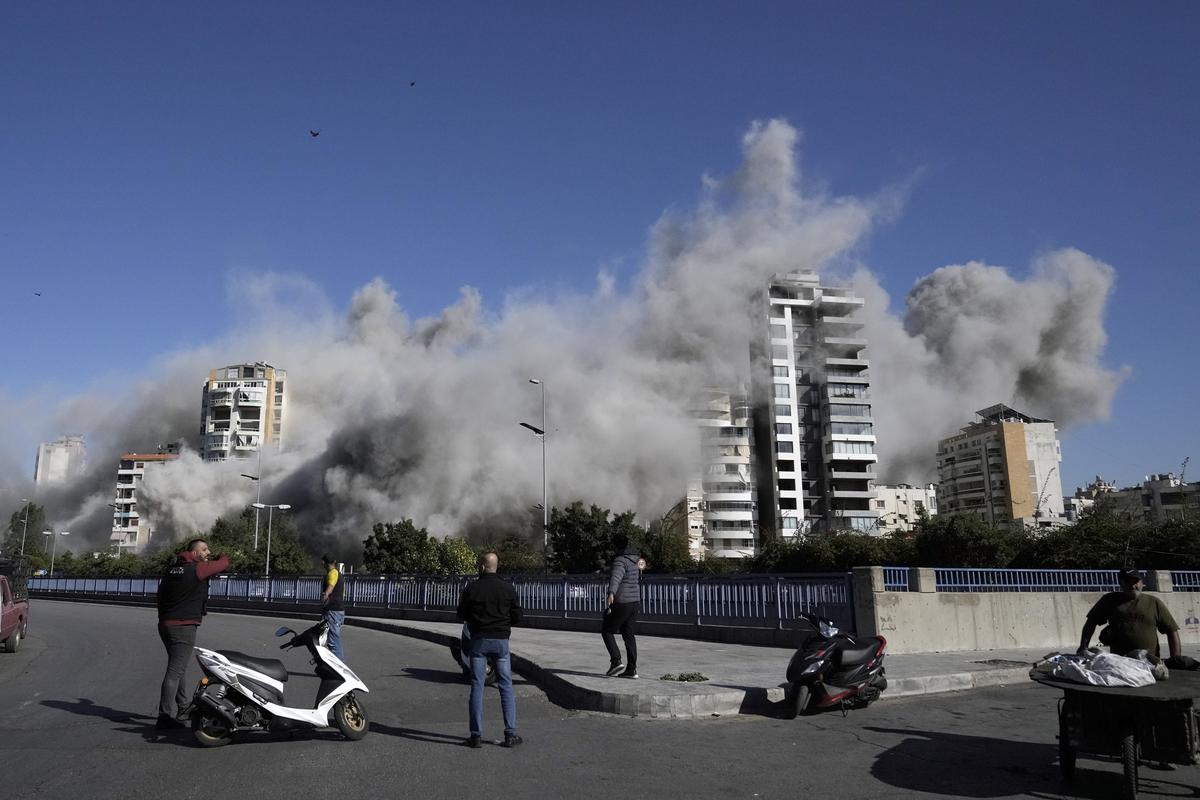An image clicked by AP photographer Bilal Hussein. A flock of birds flies as smoke rises from the location of an Israeli airstrike in Dahiyeh, within the southern suburb of Beirut, Lebanon, Thursday, October 24, 2024. | Picture credit score: AP
We watch video after video, consuming the world on our transportable units in fragments of two minutes, one minute, 30 seconds, 15. We flip to transferring photos – “films” – as a result of they’re the closest to the world we see and expertise. . In spite of everything, it is 2024, and the video in our pockets (ours, everybody else’s, everybody’s) has develop into our birthright.
However typically, even on this age of always-moving, always-recording, always-capturing reside video, typically the frozen second can seize consideration like nothing else. And within the course of, it could inform a bigger story that resonates lengthy after the second was captured. That is what occurred final week in Beirut, by the lens of Related Press photographer Bilal Hussein’s digital camera and the images he captured.

An image clicked by AP photographer Bilal Hussein. A bomb dropped from an Israeli airplane hits a constructing in Ghobeiri, Beirut, Lebanon, Tuesday, Oct. 22, 2024. (AP Picture/Bilal Hussein) | Picture credit score: AP
When Hussein arrange his digital camera exterior an evacuated residence constructing in Beirut on Tuesday (Oct. 22, 2024) after Israel introduced it could be attacked as a part of army operations towards Hezbollah, he had one purpose in thoughts, only one. “The one factor I considered,” he says, “was to {photograph} the missile because it fell.”

He discovered a protected place. It ensured an excellent angle. He wasn’t careworn, he stated; Like many photographers who work in these environments, I had been in conditions like this earlier than. I used to be prepared.
When the assault got here (a bomb, not a missile, in the long run), Hussein sprang into motion. And, as anticipated for an expert who has been doing this job for 20 years, he did precisely what he got down to do.
The sequence of photos he created explodes with the explosive vitality of the theme.
In a single portray, the bomb hangs there, an odd and annoying intruder on the scene. He has not but been observed by anybody round him, able to carry his destruction to a constructing that, in a number of moments, will not exist. The balconies of the constructing, a fraction of a second from non-existence, are empty of individuals whereas the bomb finds its goal.
These are the sorts of moments {that a} video, performed at life-speed and even in sluggish movement, cannot seize in the identical manner. {A photograph} retains us within the scene, stops time, invitations the viewer to take probably the most chaotic occasions and break them down, wanting round and noticing issues in a surprisingly silent manner that actual life couldn’t.

An image clicked by AP photographer Bilal Hussein. Smoke rises from a constructing that was hit by an Israeli airstrike in Ghobeiri, Beirut, Lebanon, Tuesday, October 22, 2024. | Picture credit score: AP
In one other body, one which occurred micro-moments after the primary, the constructing is within the means of exploding. Let’s repeat this for impact, since even a few generations in the past images like this have been uncommon: within the means of exploding.
Items of constructing are thrown in all instructions, at excessive pace, in actual life. However within the picture they’re frozen, thrown outward, suspended in area awaiting the following seconds of their dissolution, simply because the bomb that displaced them milliseconds earlier than was doing. And in that, a contemplation of the destruction and the individuals who suffered it turns into attainable.

The know-how to seize so many photos in simply over a second (and accomplish that with such readability and excessive decision) is barely a era previous.
So seeing these “images,” as journalists name them, put collectively to color an image of an occasion is a mixture of artwork, fearlessness and know-how: an train in freezing time and giving folks the chance to ponder for minutes, even hours, which occurred in just some seconds. This goes for the constructive issues the digital camera captures, and in addition for episodes of violence like this one.
The {photograph} is random entry. We, the viewers, select the best way to see it, course of it, digest it. We transfer ahead and again in time, at will. We management the tempo and pace with which dizzying photos attain us. And in that course of one thing uncommon for this time emerges: somewhat time to suppose.
That, amongst many different issues, is the lasting energy of the nonetheless picture in a world of transferring photos, and the facility of what Bilal Hussein captured on that clear, sunny day in Beirut.
Revealed – October 27, 2024 05:59 pm IST




